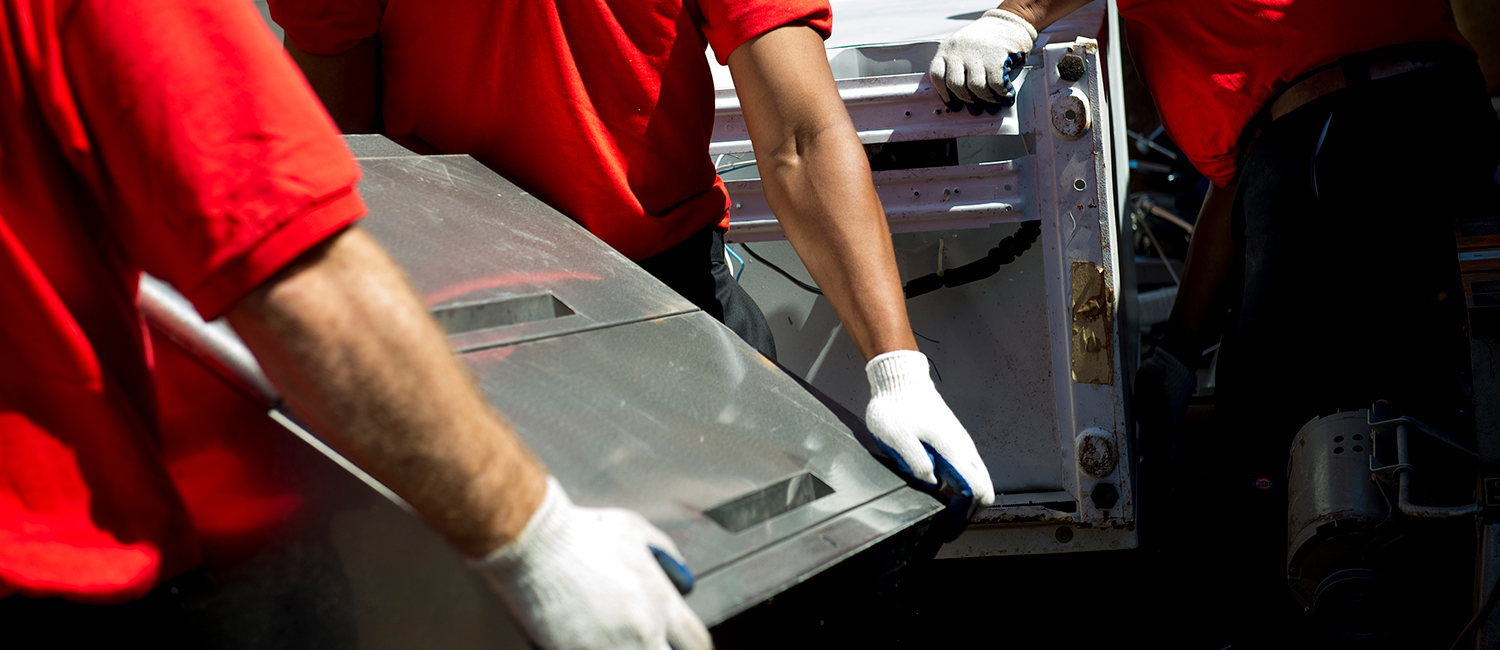Find Out Just How To Pick The Optimal Dumpster Size For Your Project To Make Best Use Of Performance And Reduce Prices With This In-Depth Guide
Find Out Just How To Pick The Optimal Dumpster Size For Your Project To Make Best Use Of Performance And Reduce Prices With This In-Depth Guide
Blog Article
Team Author-Hahn York
When embarking on a task that calls for a dumpster, the size you select can substantially affect its effectiveness and cost-effectiveness. Think of having the ideal container that accommodates all your waste without being exceedingly big or too little. It all starts with understanding the subtleties of your project and choosing a dumpster size that aligns with your details requirements. So, before you choose, take into consideration the factors at play to ensure a smooth waste administration procedure from start to finish.
Factors to Consider
When picking the right dumpster dimension, there are several crucial variables to take into consideration.
Initially, think of the type of waste you'll be getting rid of. Various materials may require differing quantities of area, so understanding what you'll be putting in the dumpster is essential.
Next, examine the amount of waste you expect to produce. If you undervalue the volume, you might need to make several trips to deal with whatever, which can be inconvenient and pricey. On the other hand, renting out a dumpster that's too large can lead to unneeded costs.
Furthermore, consider the space where the dumpster will certainly be positioned. Guarantee there suffices space for the dumpster to be delivered and grabbed without any obstructions.
Last but not least, consider any weight limitations that may apply. Exceeding simply click for source can result in additional costs or even the rejection of service.
Dumpster Dimension Choices
For choosing the best dumpster size, it's vital to have a mutual understanding of the readily available options. Dumpster sizes generally range from 10 to 40 cubic lawns, with variations in between.
A 10-yard dumpster appropriates for small jobs like a garage cleanout or a little improvement. If you're tackling a medium-sized job such as a kitchen remodel or a cellar cleanout, a 20-yard dumpster might be the right selection.
For bigger projects like a whole-house remodelling or commercial building and construction, a 30 or 40-yard dumpster could be preferable to fit the quantity of waste created.
When picking https://www.prnewswire.com/news-releases/rubbish-doctor-the-new-go-to-for-junk-removal-in-southern-maine-301749782.html , take into consideration the quantity and type of particles you expect to deal with. It's much better to choose a slightly bigger dimension if you're unsure to avoid overfilling. Bear in mind, it's even more affordable to lease a dumpster that fits your requirements rather than needing to order an additional one.
Matching Size to Job
Ideally matching the dumpster dimension to your project is critical for reliable waste monitoring. To identify the ideal dimension, think about the extent and nature of your project.
For little family cleanouts or remodellings, a 10-yard dumpster may be adequate. These are normally 12 feet long and can hold around 4 pickup loads of waste.
For bigger tasks like remodeling several rooms or removing a large estate, a 20-yard dumpster might be more suitable. These are around 22 feet long and can hold roughly 8 pickup lots.
If you're dealing with a significant building task or industrial remodelling, a 30-yard dumpster could be the best fit. These dumpsters are about 22 feet long and can suit about 12 pickup truck tons of debris.
Matching the dumpster size to your job guarantees you have adequate room for all waste materials without overpaying for unused ability.
Conclusion
To conclude, selecting the ideal dumpster size for your job is important for effective waste disposal. By considering factors like the type and amount of waste, space schedule, weight restrictions, and spending plan constraints, you can guarantee you have the proper size dumpster for your needs. Make certain to match the size of the dumpster to the range and nature of your project to stay clear of overspending on unneeded costs.
